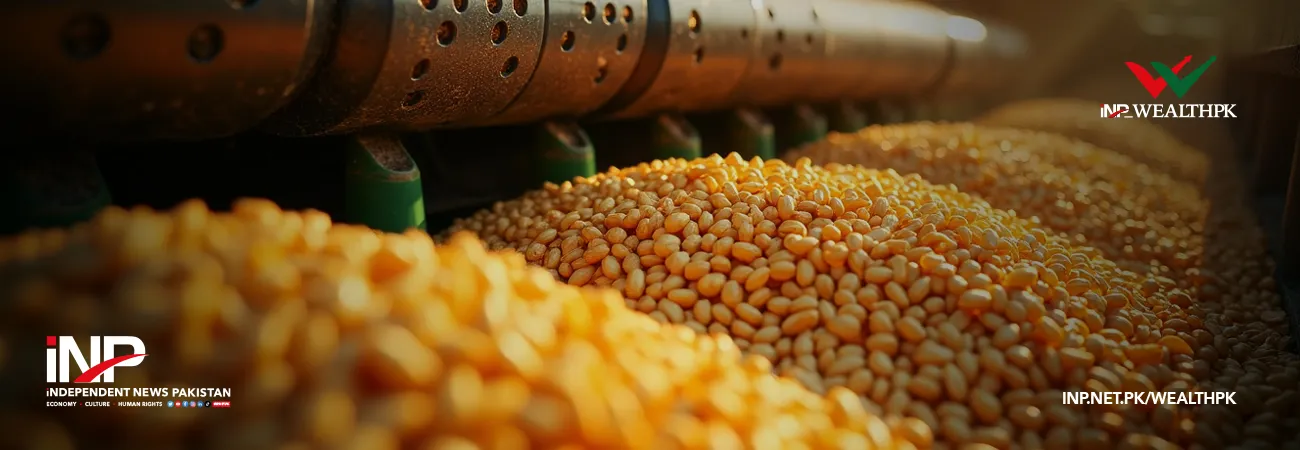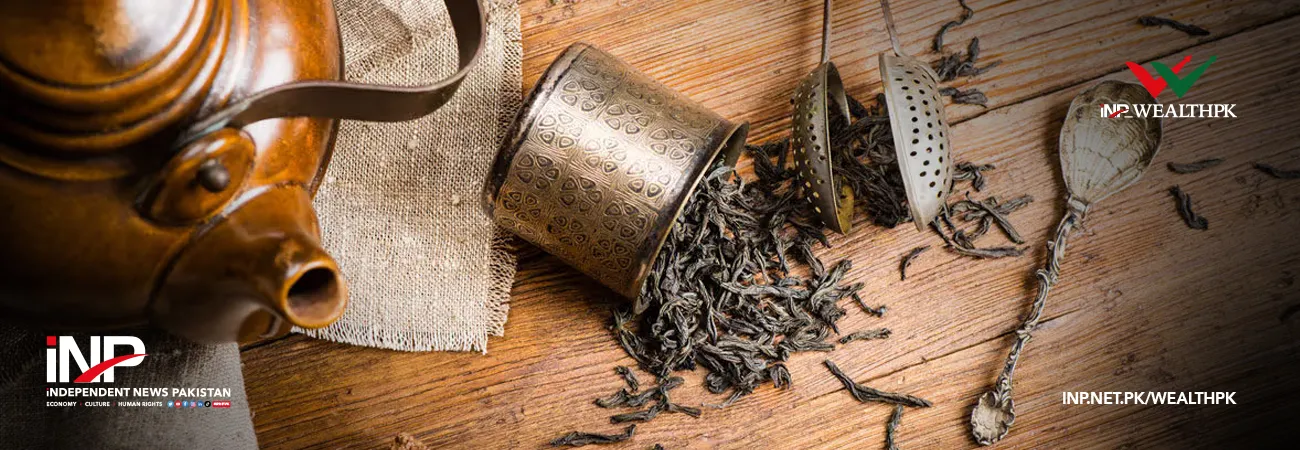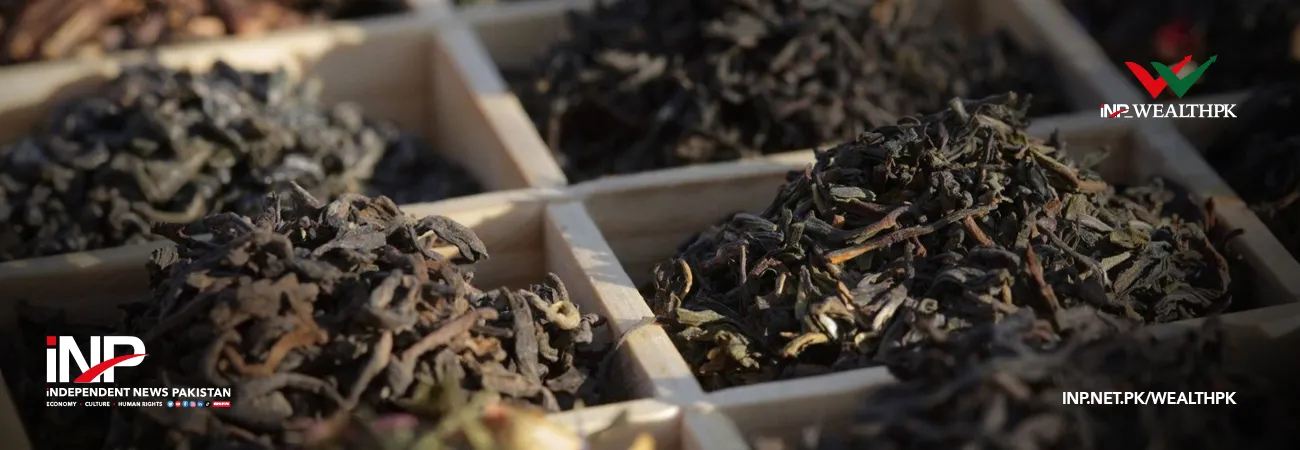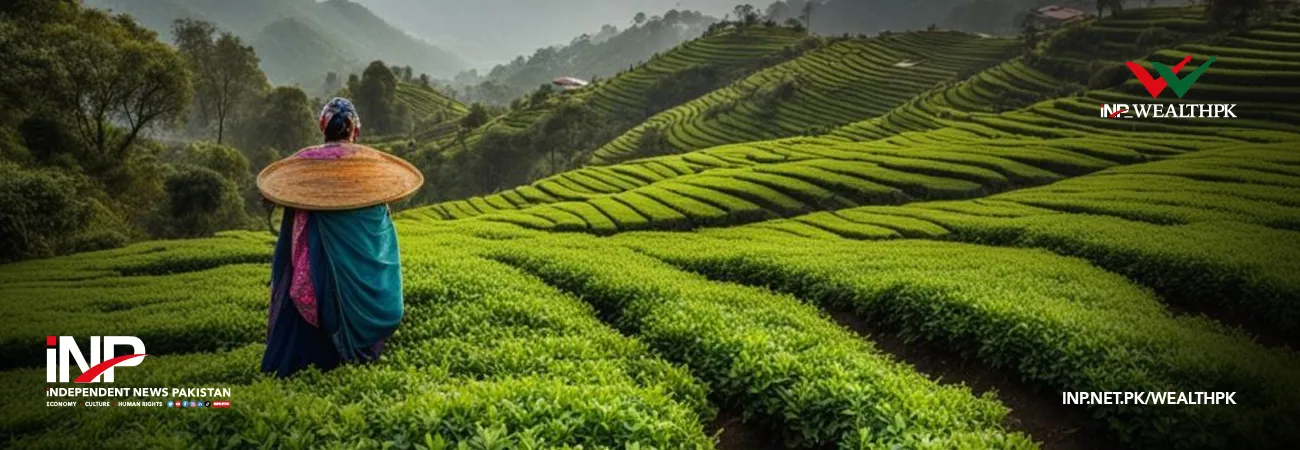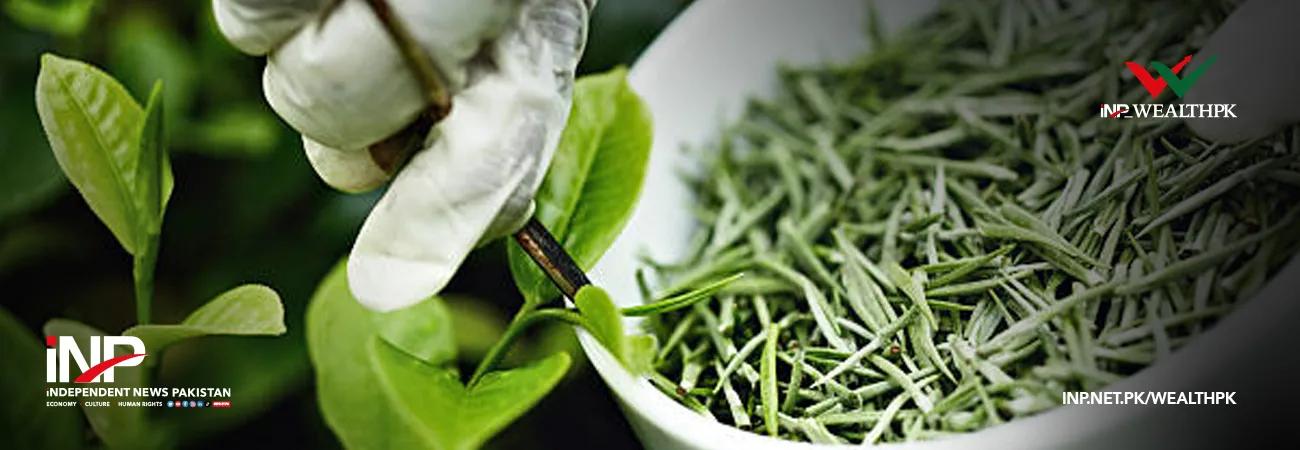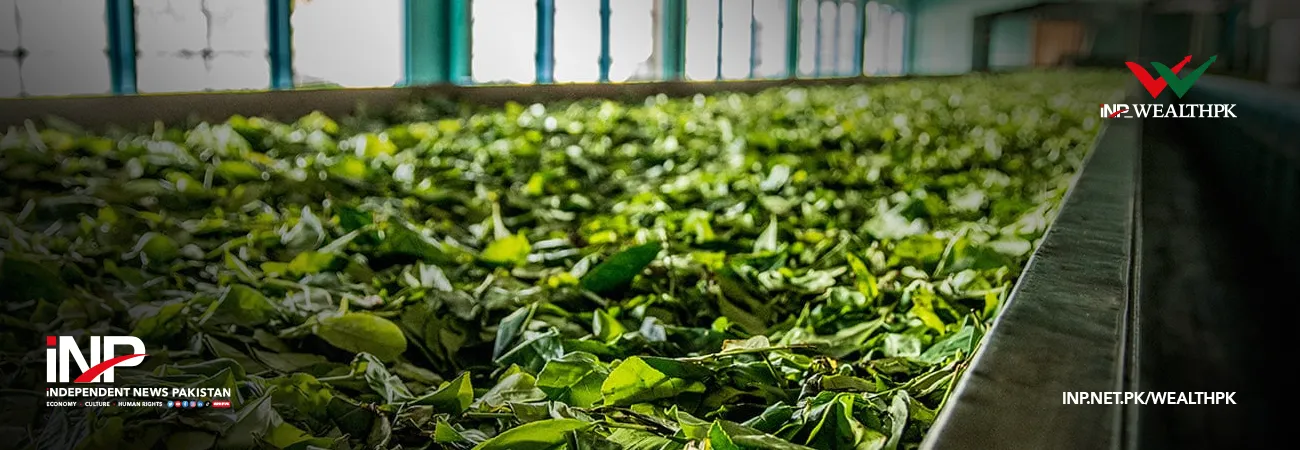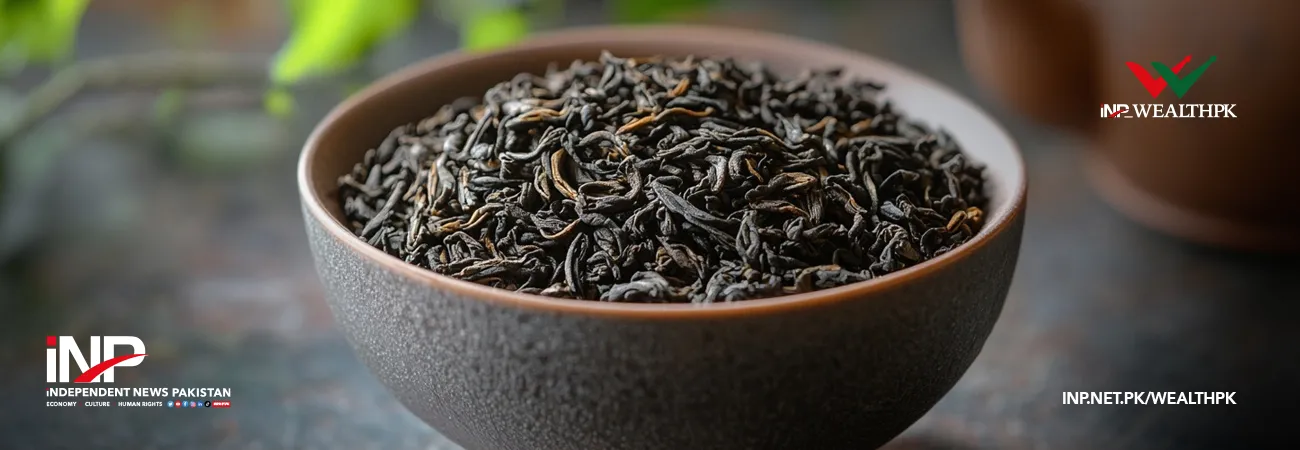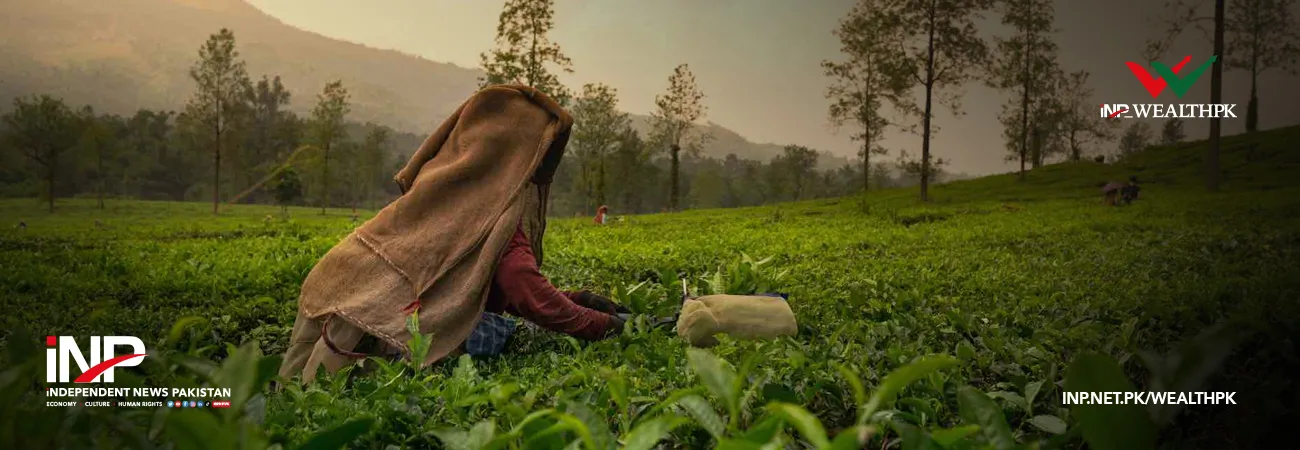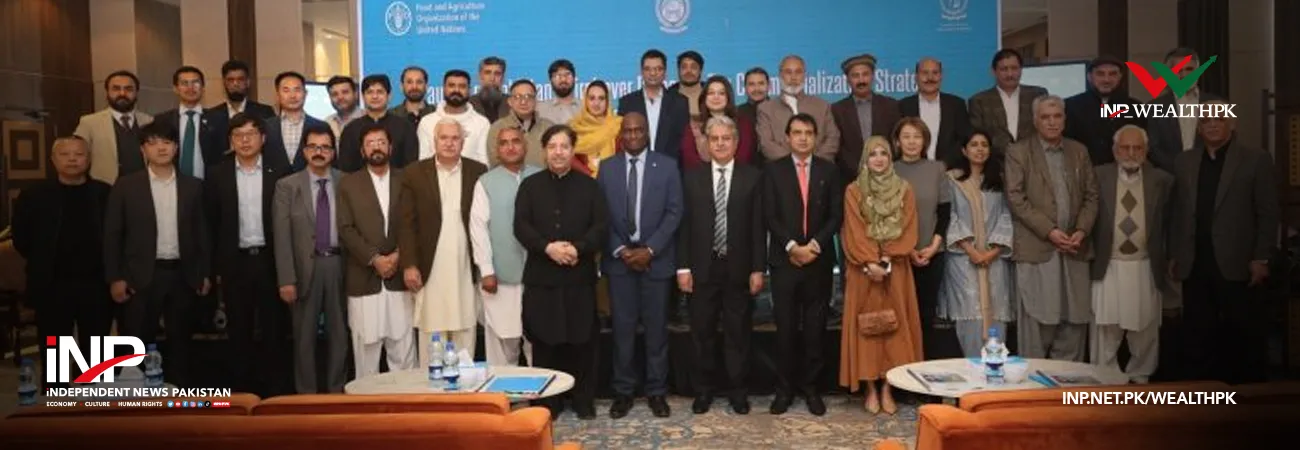INP-WealthPk
Azeem Ahmed Khan
The Ayub Agricultural Research Institute (AARI), Faisalabad, has developed 10 hybrid and many conventional maize varieties over the last five years to improve food security and ensure a sustained supply of animal feed in Pakistan.
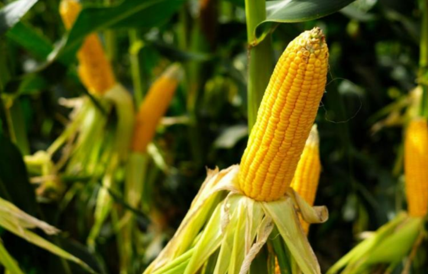
“These hybrids are climate-smart and are capable of producing high yields even under high temperature stress,” Ahsan Raza Mallhi, Principal Scientist at the Maize Research Station, AARI, told WealthPK. He listed the season-specific hybrids and varieties as FH-1046, FH-988, YH-5427, and YH-5561, while the conventional types included Sahiwal Gold, Gohar-19, Malka-2016, and CIMMYT-Pak.
Maize serves as a vital crop globally for food, feed, and industrial purposes, he said. “In Pakistan, it ranks third among cereal crops after wheat and rice, yet about 65% of the maize produced is used in the livestock and poultry sector as feed,” he noted. According to Mallhi, maize is cultivated on 1.44 million hectares across Pakistan, producing 8.24 million tonnes during 2024-25.
However, the cultivated area has reduced by 10% and production by 15%, primarily due to the low produce prices, high input costs, and climatic variability, he added. While most countries produce a single maize crop annually, Pakistan stands out by cultivating two in Punjab during the Kharif and spring seasons. “This was not always the case.
It was AARI that introduced the spring (Baharia) maize crop in 1970, effectively doubling the production cycle,” he said. The Baharia crop is harvested in June, and the seasonal crop in November. He further said the introduction of the spring maize crop by developing well-established improved production technology led to a 30-40% increase in per-acre yield, thanks to the successful field experiments.
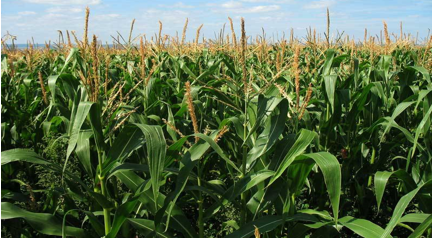
The AARI has also overcome the issue of limited seed production caused by resource constraints through public-private partnerships, he said. It provides pre-basic seeds to various seed companies involved in local seed production. The institute aims to ensure the availability of quality seed to farmers at a lower cost, he added.
Mallhi said that, in addition to maize, sorghum and pearl millet are key subsistence summer grains in Pakistan and have historically helped prevent food shortages. AARI has developed sorghum and pearl millet varieties, as well as high-yielding hybrids in both crops, i.e., Fakhr-e-Punjab, Dilber-21, and Saeed-2023, he said.
Currently, maize is increasingly consumed as a novelty food, whereas sorghum and pearl millet remain largely confined to poultry and livestock feed, as well as birdseed. Mallhi shared that 65-70% of maize grain is used for poultry and animal feed, 25-30% for wet milling, 6% for food, and 4% for seeds and miscellaneous uses. Wet milling produces a range of products and valuable by-products, he added.
Maize is playing a vital role in food security across several developing nations in Asia and Africa. Due to its diverse industrial applications, it is often referred to as “the other gold.” He said in terms of food energy, it delivers 6.9 million calories per hectare, compared to 3.7 million from wheat and 4.9 million from rice. AARI has initiated a program for the development of minerals (Iron and Zinc) and provitamin A-enriched hybrids in maize, following the launch of wheat and rice varieties, he added.
Reflecting on its historical use, Mallhi said before the early 1970s, around 75% of the maize was consumed as a staple food in the rural areas of what was then NWFP (now Khyber Pakhtunkhwa) and Punjab during winter, with the remaining 25% used in wet milling for products such as starch and other value-added items. Some by-products were also utilized in poultry and livestock feed, he added.
He explained that the changing dietary preferences shifted wheat to the forefront as the primary staple in those provinces. Sorghum and pearl millet, once staples in Barani (rain-fed) regions, have seen limited industrial application in Pakistan, he added. He has advised farmers to avoid sowing maize in regular soil, recommending fertile, nutrient-rich soil with good water retention for maximum productivity.
He emphasized that adopting mechanization in sowing, harvesting, shelling, and drying will enhance input use efficiency and ensure quality produce capable of competing in the international market.
Credit: INP-WealthPk



